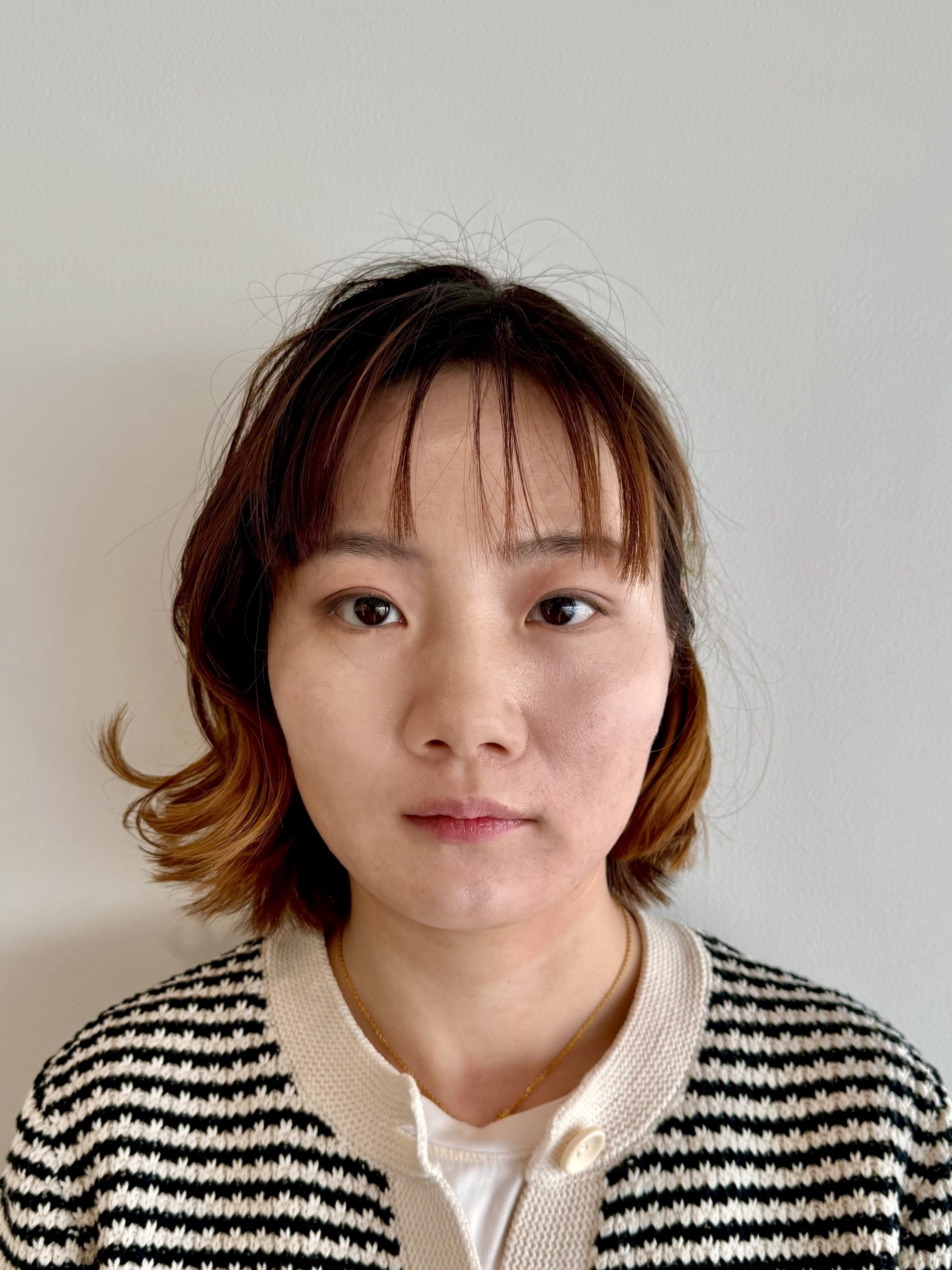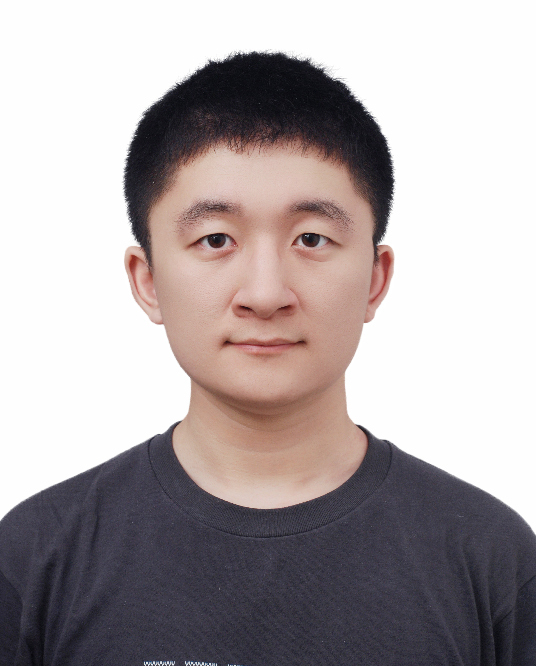TOP
 Events & Outreach
Events & Outreach
 R-CCS Cafe
R-CCS Cafe
 The 267th R-CCS Cafe (Aug 23, 2024)
The 267th R-CCS Cafe (Aug 23, 2024)
The 267th R-CCS Cafe (Aug 23, 2024)
Japanese| Date | Fri, Aug 23, 2024 |
|---|---|
| Time | 3:00 pm - 5:00 pm (3:00 pm - 4:00 pm Talks, 4:05 pm - 4:20 Discussions, 4:20 pm - Free discussion and coffee break) |
| City | Kobe, Japan/Online |
| Place | Lecture Hall (6th floor) at R-CCS, Online seminar on Zoom
|
| Language | Presentation Language: English Presentation Material: English |
| Speakers |
Tingting Wang Computational Structural Biology Research Team  Han Xu Computational Materials Science Research Team  Yangyang Zhang Computational Biophysics Research Team  |
Talk Titles and Abstracts
1st Speaker: Tingting Wang
Title:
Exploring the Continuous Conformational Variability of Glutamate Dehydrogenase Using Cryo-EM Single-particle Images and MD Simulations
Abstract:
Glutamate dehydrogenase (GDH) is involved in the metabolism of the glutamate amino acid and catalyzes the reversible conversion of glutamate to α-ketoglutarate. The GDH derived from Thermococcus profundus, as a homohexamer, exhibits remarkable structural flexibility by a spontaneous motion of the NAD-binding domain to the core domain to control its open/closed states. The high flexibility permits different conformational states in its unliganded state. In this study, its conformational variability was investigated by employing a novel integration of large-scale cryo-electron microscopy (cryo-EM) experiments and the molecular dynamics simulation method. Utilizing cryo-EM single-particle images, a 3D-to-2D flexible fitting method enhanced by iterative conformational-landscape refinement through MDSPACE was employed to obtain an atomic-scale conformational model for each particle. With the conformations pool of GDH, continuous conformational variability from cryo-EM single particle images can be considered and reconstructed without presupposing the number of discrete states, contributing to detail the insights into the domain motions of GDH and deepen the understanding of glutamate metabolism.
2nd Speaker: Han Xu
Title:
Preparing Gutzwiller wave function for attractive SU(3) fermions on a quantum computer
Abstract:
We implement the Gutzwiller wave function for attractive SU(3) fermion systems on a quantum computer using a quantum-classical hybrid scheme based on the discrete Hubbard-Stratonovich transformation. In this scheme, we express the nonunitary Gutzwiller operator as a linear combination of unitaries involving two-qubit fermionic Givens rotation gates. The fermionic Givens rotations are employed to the register qubits encoding different fermion colors on each site. Two complementary approaches are reformulated to perform the sum over the auxiliary fields. The first approach probabilistically prepares the Gutzwiller wave function on the register qubits, but the measurement on ancilla qubits is necessary. Because of its probabilistic outcomes, the success rate is studied as a function of the variational parameter on different lattices when the Fermi-sea trial state and the BCS-like trial state are considered. The second approach utilizes the importance sampling technique to solve the Gutzwiller variational problem where the expectation values of observables are the central objectives. The proposed scheme is examined by calculating the energies and triple occupancy of the attractive SU(3) Hubbard model within the context of the digital quantum simulation. Moreover, experiments on a trapped-ion based quantum computer are carried out for the two-site attractive SU(3) Hubbard model, where the raw data are in good agreement with the exact results within the statistical errors.
3rd Speaker: Yangyang Zhang
Title:
Coarse-grained Molecular Modeling of Substrate Inhibition in Enzyme Catalysis
Abstract:
Substrate inhibition occurs when enzyme activity decreases despite increasing substrates. By performing molecular dynamics (MD) simulations with a coarse-grained dynamic energy landscape model, this study revealed the mechanism of substrate inhibition of adenylate kinase (AdK) by AMPs: excess AMPs inhibit the enzymatic cycle by suppressing an energetically frustrated but kinetically accelerating pathway. Further investigations showed tight interplay between enzyme conformational equilibria and substrate inhibition, with mutations favoring closed conformations enhancing inhibition. These findings suggest that the above mechanism may apply to other multi-substrate enzymes where product release is the bottleneck step.
Important Notes
- Please turn off your video and microphone when you join the meeting.
- The broadcasting may be interrupted or terminated depending on the network condition or any other unexpected event.
- The program schedule and contents may be modified without prior notice.
- Depending on the utilized device and network environment, it may not be able to watch the session.
- All rights concerning the broadcasted material will belong to the organizer and the presenters, and it is prohibited to copy, modify, or redistribute the total or a part of the broadcasted material without the previous permission of RIKEN.
(Aug 14, 2024)
